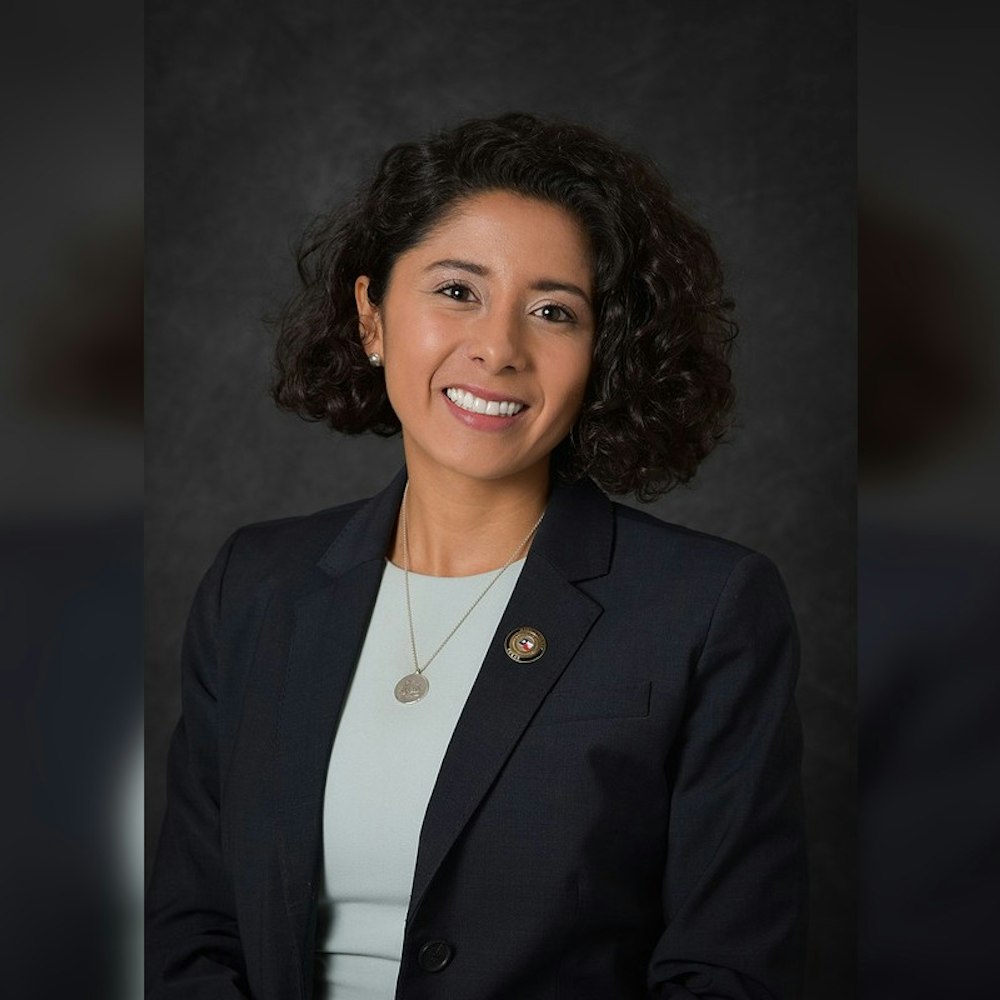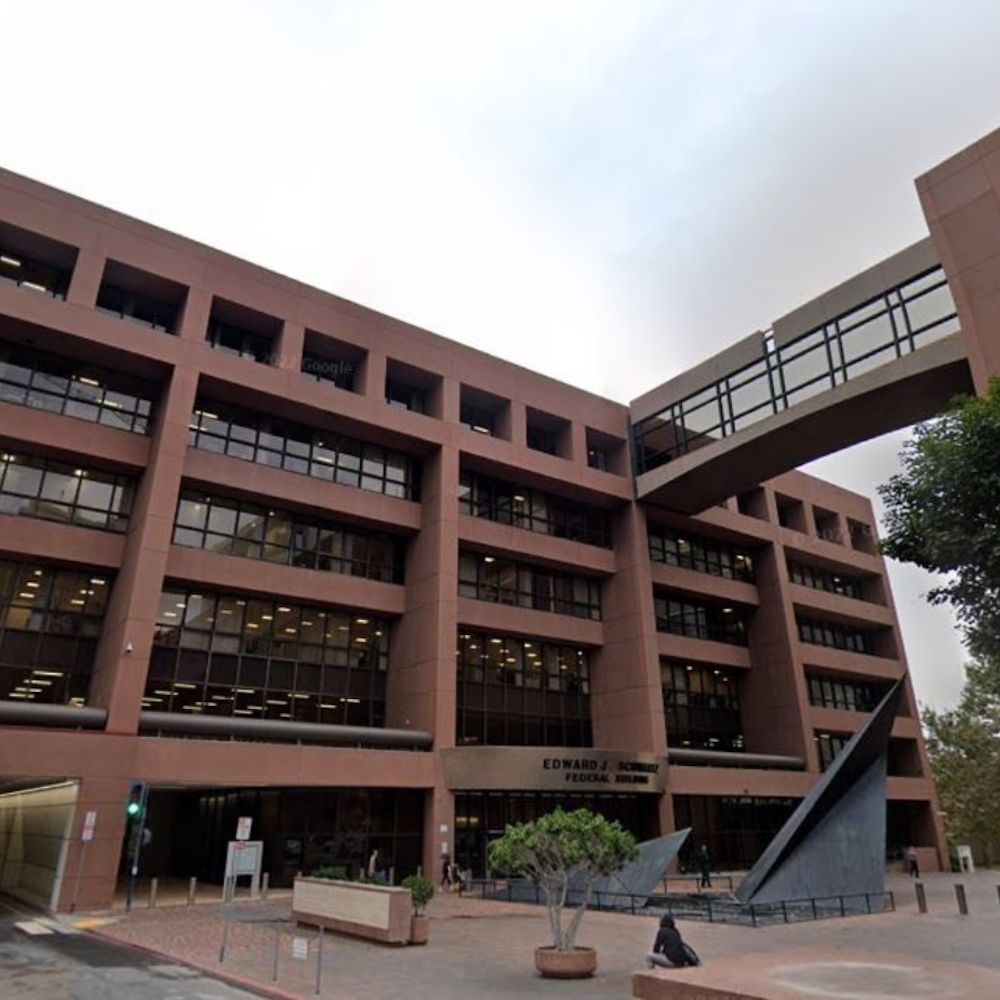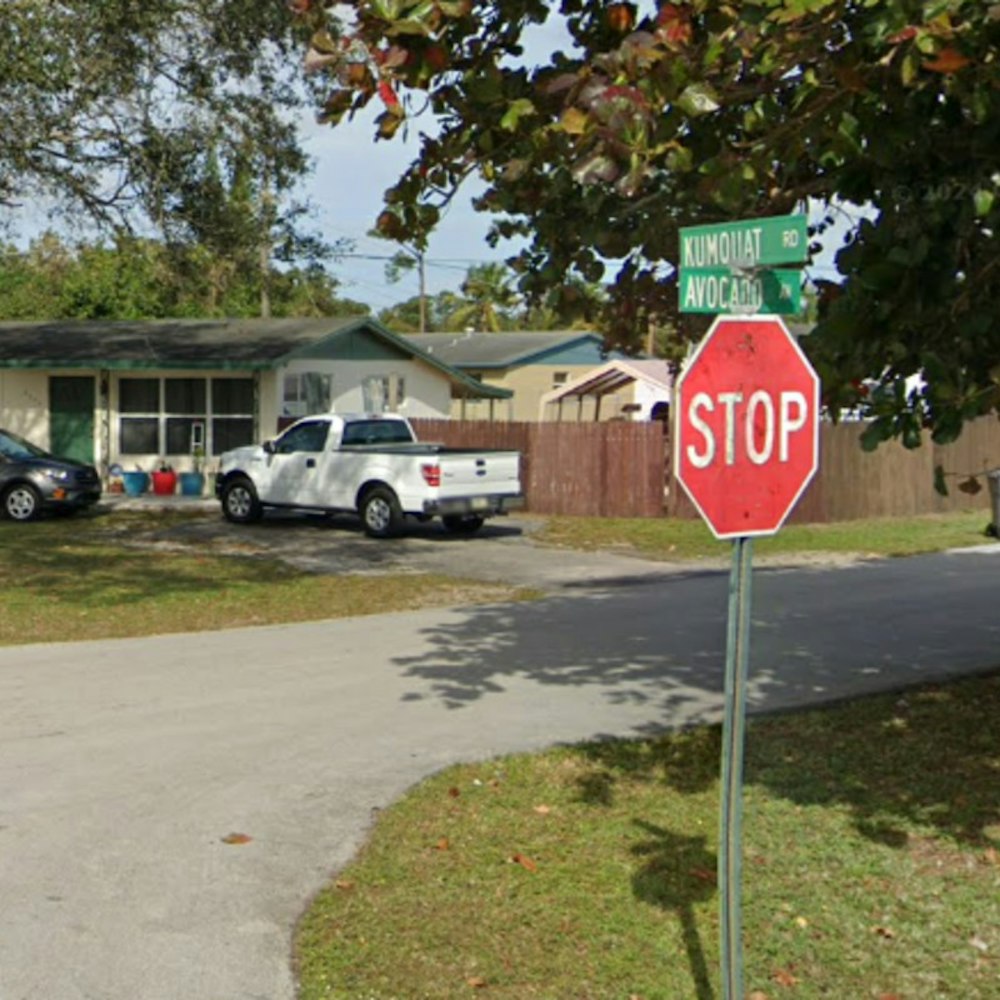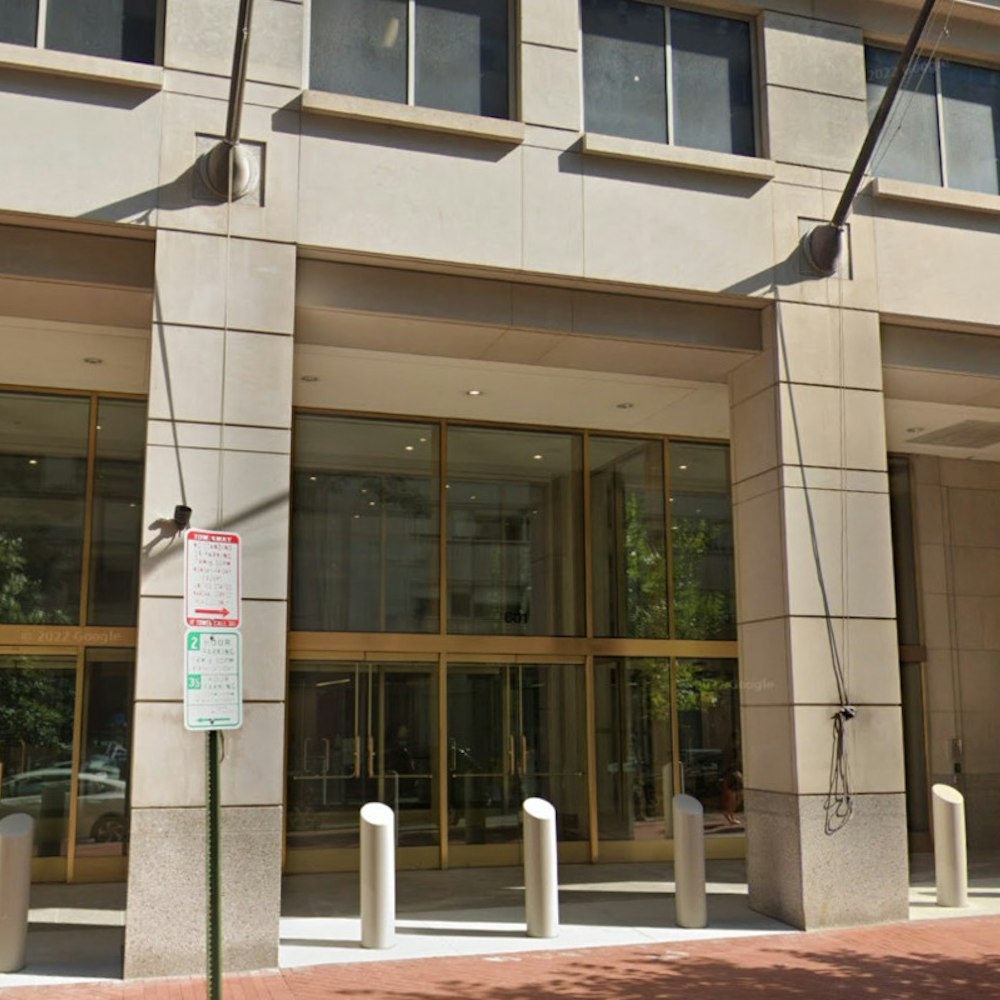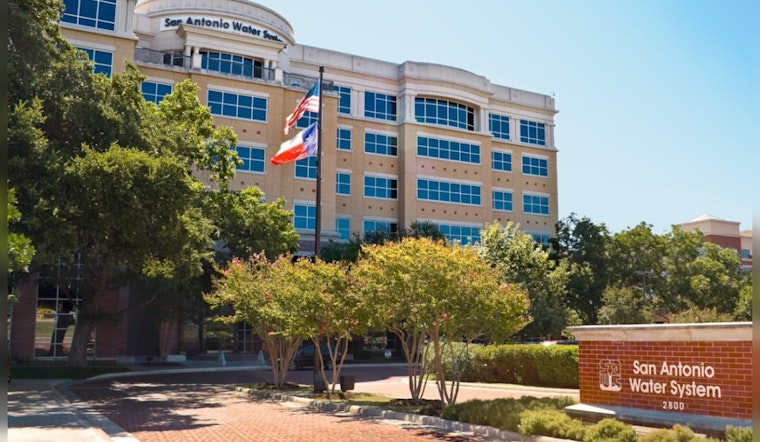
In a recent discovery, almost 50 public water systems in Texas, which includes the San Antonio Water System (SAWS) located in Castle Hills, have reported levels of 'forever chemicals' that exceed the new federal limits set by the U.S. Environmental Protection Agency (EPA). According to a report by Texas Public Radio, these findings come as part of the latest regulatory updates that place unprecedented caps on the amount of perfluoroalkyl and polyfluoroalkyl substances (PFAS) permissible in drinking water.
Forever chemicals, as PFAS are often called, are used in a slew of common products due to their resistance to water and heat; the trouble with them is they don't degrade in the environment or in human blood, making them a persistent health and ecological concern. Ed Guzman, SAWS vice president of environmental law and regulatory compliance, voiced a lack of alarm over the findings, assuring that SAWS has tested for a variety of PFAS since January 2023 and regularly checks for other contaminants including E. coli and lead, he mentioned how SAWS blends water from its wells which effectively dilutes any potential chemicals before reaching household taps, though experts argue the presence of PFAS is concerning and poses serious health risks, according to a San Antonio Report interview.
With the enforcement of new standards, the EPA has indicated that public water systems have a three-year window to complete initial monitoring forthese substances and additionally, they must inform consumers about the levels of PFAS found in the water supply, these moves are straight from the pages of the EPA's PFAS Strategic Roadmap, which outlines concerted efforts to tackle the issue of contamination and require polluters to fund clean-up efforts. Looming over this situation is the expectation that many of the public water systems now detecting PFAS levels above the standards will have to wrangle with either the increased cost of water treatment or the prospect of suing chemical manufacturers, a path some cities have already taken against giants like 3M and DuPont, as explained by a San Antonio Report article.
Amidst the findings, SAWS maintains their stance, emphasizing not only their current lack of concern but also their operational uniqueness in sourcing water and the subsequent blending process, which they argue, further diminishes PFAS concerns; Anne Hayden, SAWS Communications Director, noted that "We move water from all of these different places, so it’s always shifting around. That’s why we treat our water to be compatible no matter where you get it from," as described in the interview with the San Antonio Report. This sentiment echoes the broader national issue, as currently, only 24% of public water utilities have submitted PFAS data to the EPA, indicating a potential swath of undetected contamination cases yet to surface.
While these 'forever chemicals' have posed a substantial threat to drinking water supplies for some time, the recent implementations by the EPA aim to clamp down on the levels allowed and provide critical infrastructure funding to help local systems deal with the requisite treatment processes. As the issue unfolds, entities such as SAWS pledge continuous monitoring and responsivity to any exceedances of these recently placed limits, a commitment to safety echoed by other systems grappling with this nationwide challenge.

